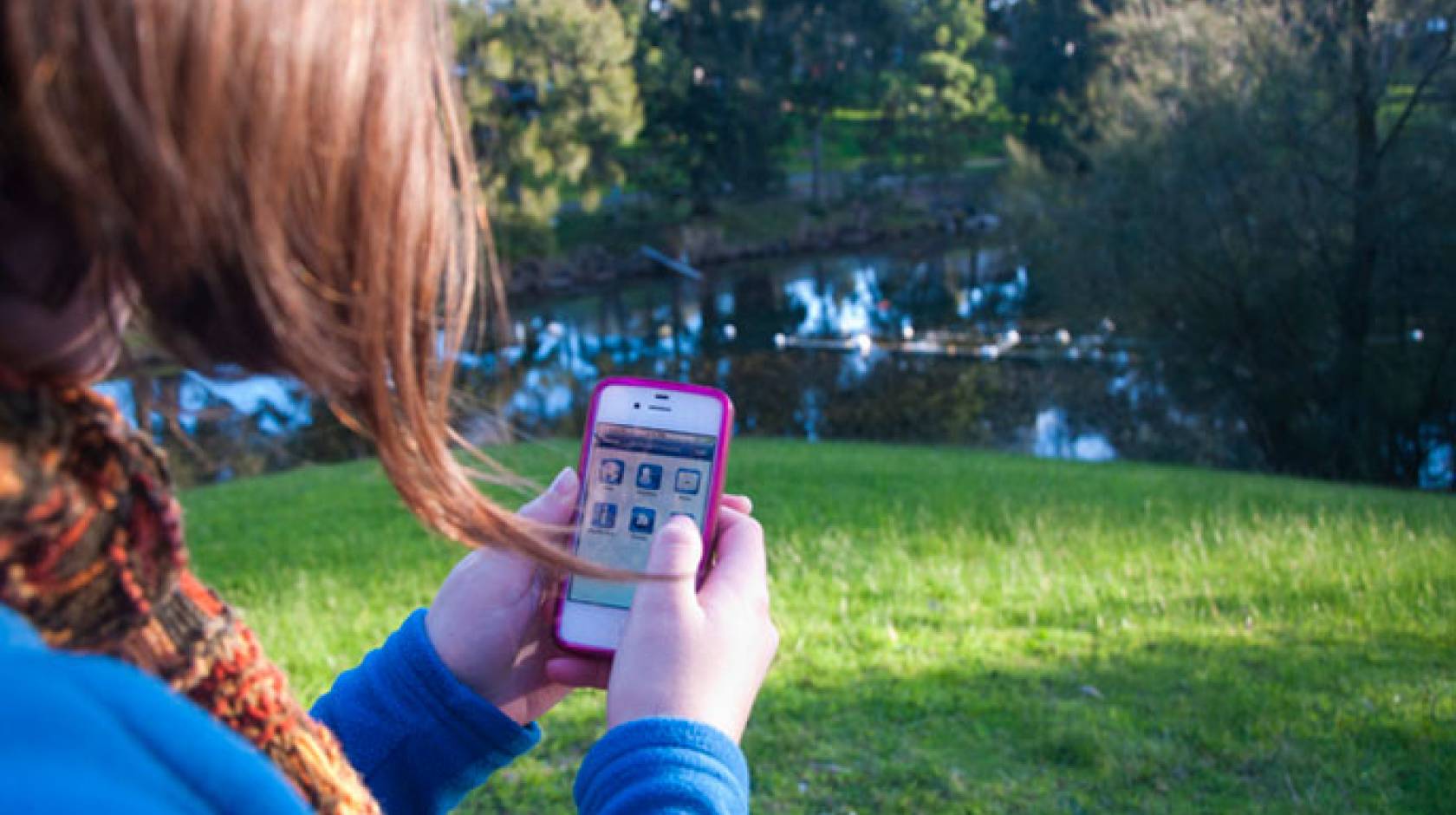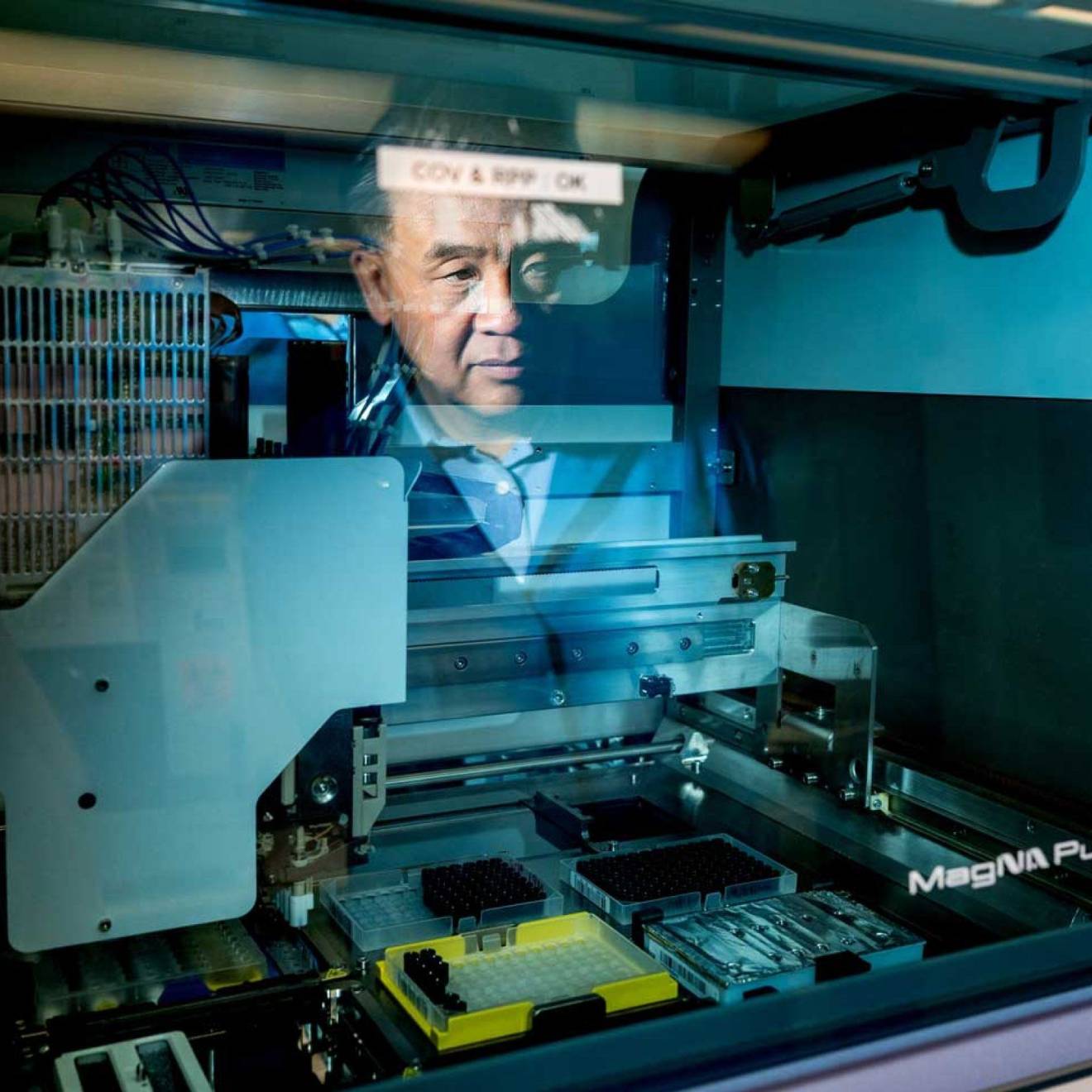Crystle Martin, The Conversation

For many of us, access to the Internet through a variety of means is a given. I can access the Internet through two laptops, a tablet, a smartphone and even both of my game systems, from the comfort of my living room.
However, this access is unequally distributed. Although nine out of 10 low-income families have Internet access at home, most are underconnected: that is, they have “mobile-only” access – they are able to connect to the Internet only through a smart device, such as a tablet or a smartphone.
A recent report, “Opportunity for all? Technology and learning in low income families,” shows that one-quarter of those earning below the median income and one-third of those living below poverty level accessed the Internet only through their mobile devices.
This leads to limited access: A third of families with mobile-only access quickly hit the data limits on their mobile phone plans and about a quarter have their phone service cut off for lack of payment.
So, what impact does this type of access have on youth learning?
What changes with a computer connection
My research has explored underserved youth’s use of technology to discover and participate in content related to their interests. Having access only through their mobile devices means that low-income families and youth do not have the same access to the Internet as those with other Internet connections.
One-fifth of families who access the Internet only through their mobile devices say too many family members have to share one device. This means that the amount of time each individual has to access the Internet is limited.

Credit: leah, CC BY-NC-ND
This can be a barrier to learning for young people. It can limit their access to resources to complete their homework, as well as create barriers for other learning. Thirty-five percent of youth who have mobile-only access look online for information about things they are interested in. But this goes up to 52 percent when young people have access to an Internet-connected computer.
When young people have their own access to the Internet, they have an opportunity to engage in connected learning – learning that is based on interest, is supported by peers and has the potential to offer better opportunities for the future.
A 2014 paper on the use of digital media as a learning tool highlights how learning around interests can be supported through online resources.
The paper tells the story of Amy, a participant in an online knitting community, Hogwarts at Ravelry, which combines both interest in knitting and the Harry Potter series. Amy finds inspiration in the vast knitting pattern library of the group and receiving support from others in the community. She begins to develop, design and write patterns of her own. And, as a teenager, she begins selling her patterns online.

Credit: Jeff Werner, CC BY-NC-SA
Amy’s access to a stable Internet connection and her own dedication allowed her to dive deep into the activities of the community. Over time, it allowed her to become more active and engaged in knitting.
Another example of what youth can accomplish online comes from my 2014 researchon a professional wrestling fan community, a set of forums where professional wrestling fans get together virtually to discuss the many facets of professional wrestling.
Maria, a professional wrestling fan, seeks out an online community because she lacks local support for her interest. Through her participation, she realizes her deep enjoyment of writing. She carries this back into her English class and the school newspaper. This eventually leads her to take creative writing as a second degree in college.
Maria spent hours on her computer carefully crafting her narratives while participating on the forum. With a mobile-only access, she would not have had the amount of time online, or the amount of bandwidth, required for this work. This is supported by the fact that only 31 percent of children with mobile-only access go online daily as compared to 51 percent of those with other Internet access.
How low-income youth get left behind
Mobile-only access to the Internet can create serious barriers for youth who want to access content and educational supports.
As part of my research, I have been conducting workshops in libraries located in low-income communities, using an online coding program that is not yet available on mobile devices. In one of the workshops, students needed to work on projects outside of the sessions.
Because of the limited technology access at home, the librarian held additional open hours so the youth participating in the workshop could work on their projects outside of the workshop hours. A few youth had access to their own computers, but the majority had only mobile access.
The youth with computer access at home created more complex projects. This was partly because they had more time to develop, modify and problem-solve their projects. But it was also because the coding program was available to only those with computer access. These youth also seemed to develop a deeper interest in coding potentially due to this greater level of exposure.
Need for better understanding
What becomes evident from the data from “Opportunity for all? Technology and learning in low income families” and from the examples from research is that having access to the Internet only through a phone can have an impact on young people’s access to learning opportunities.
Designers, educators and researchers need to be aware and continually create more equity through mindful decision-making.
Amanda Ochsner, a postdoctoral researcher at the University of Southern California who studies how underrepresented groups of young people engage with games and digital media, argues that when designers and developers take the time to understand young people’s digital lives, they are ultimately able to make better tools. As she said to me:
"In offices where the most recent models of laptops, tablets, and iPhones are abundant, it’s far too easy for those of us who develop educational tools and technologies to misjudge the technological realities of the young people the education tools and technologies are designing for."
Just how young people access online, in other words, matters – a lot.
Crystle Martin is a postdoctoral researcher at UC Irvine. This article was originally published on The Conversation. Read the original article here.

